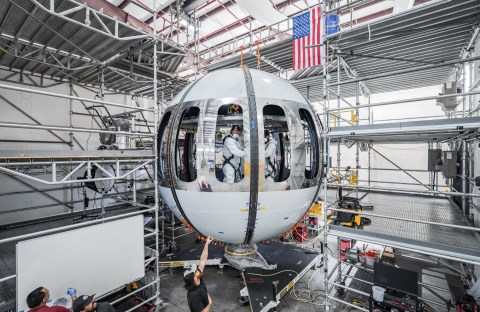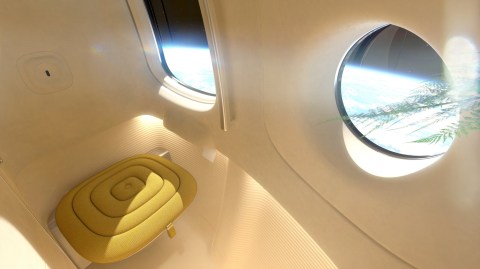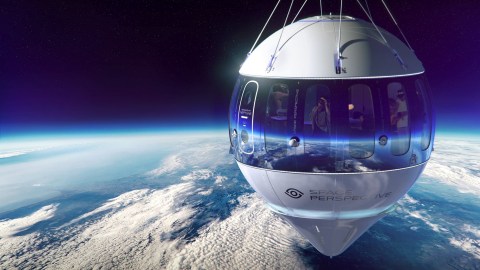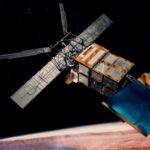Next year, a capsule that uses balloons to carry passengers to the edge of space will begin offering flights, but there’s a catch.
The luxurious experience will cost you £100,000 in total. Yes, you heard correctly—£100,000.
Despite this, 1,750 people have already purchased tickets for the once-in-a-lifetime event.
Flordia-based Space Perspective, who are behind the development of Spaceship Neptune – Excelsior test capsule, said it expects to have sold 4,000 seats by the end of this year.
With that hefty price tag comes the luxury of enjoying a world-class food and beverage programme, comfortable seating, and amenities like custom headphones.
You can expect to enjoy the world’s first Space Lounge, complete with Wi-Fi, fine dining, plush seating and luxury amenities.
To top it all off panoramic views through the largest windows ever flown to space are offered and a proper toilet called the ‘Space Spa’.
Taber MacCallum, Space Perspective co-founder, said: ‘We are on the cusp of a staggering shift – not only in the way we humans experience space, but also what we conjure in our minds when we think of the spaceship that gets us there.



‘We are redefining the category and paving the way for accessible space travel for years to come.’
Space Perspective added: ‘Introducing Spaceship Neptune – Excelsior, our finished test capsule. With the largest windows ever flown to space and a spherical design that allows for the roomiest interior of any human spaceflight capsule ever made, our spaceship offers the most incredible panoramic views of Earth.
‘With its first SpaceBalloon finished and its launch vessel, Marine Spaceport Voyager, in its final stage of preparation, Space Perspective is beginning to eye its test flights window.’
The test capsule named Excelsior in honour of late balloon space-jump pioneer Joe Kittinger is claimed to be the largest spaceflight capsule in existence.
It is 16 feet in diameter and has a pressurised volume of more than 2,000 cubic feet.
This means it is two times the volume of Virgin Galactic’s Spaceship Two and Blue Origin’s New Shepard, and about four times that of SpaceX’s Crew Dragon.





